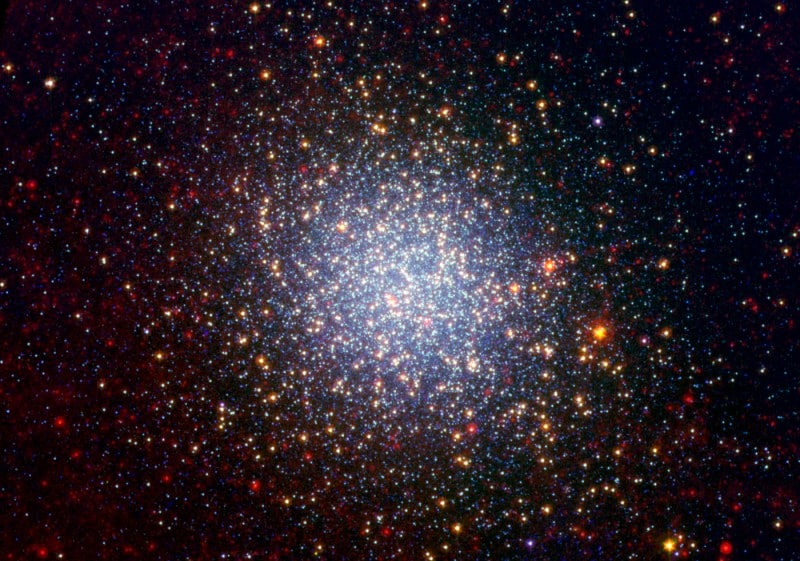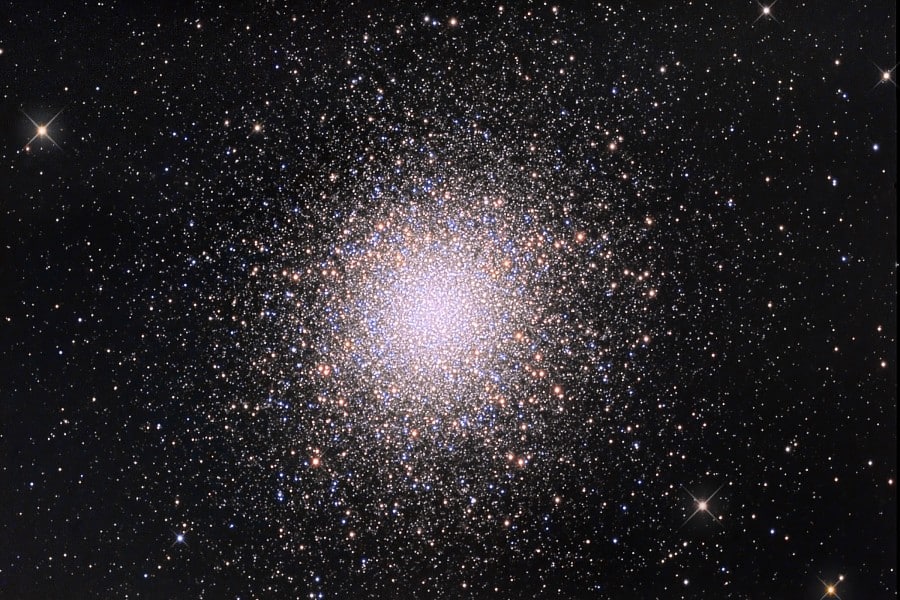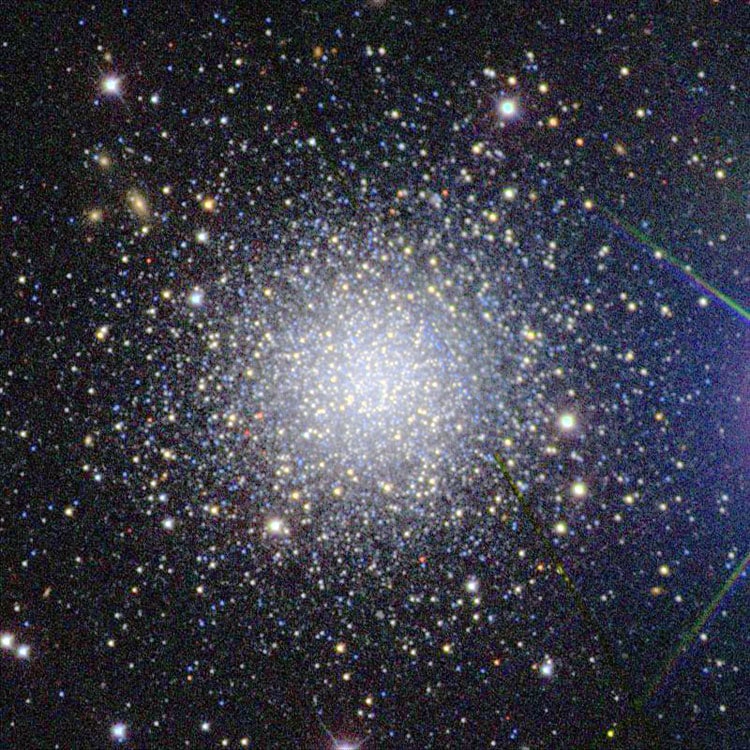My research interests are in stellar dynamics, a field at the interface of applied mathematics, astronomy, and physics. I specialise in the dynamics of collisional stellar systems, such as star clusters and galactic nuclei, which I study by means of analytical, numerical, and observational approaches.
A full list of publications is available via NASA ADS
My investigation of the role of internal rotation, velocity anisotropy, and external tidal perturbations has unveiled an unexpected degree of phase space richness in star clusters and has brought a new, more realistic, perspective on their classical dynamical paradigm.
From an applied mathematics viewpoint, I am interested in several topics broadly connected to the classical gravitational N-body problem, especially Vlasov-Poisson equilibria and related perturbation and asymptotic methods for elliptic PDEs, kinematic complexity in statistical mechanics of self-gravitating systems, kinetic counterparts of the theory of rotating fluids, and integrability and numerical methods for Hamiltonian systems. I also have a growing interest in developing techniques from Bayesian statistics for application to astrophysical data.
From an astrophysics viewpoint, I am interested in the formation and evolution of low-mass stellar systems because they define the intriguing boundary between our current notions of star clusters and dwarf galaxies. This is the small-scale frontier of galaxy formation and a central challenge for near-field cosmology in the era of Gaia, LIGO and JWST — with wide-ranging implications for fundamental physics. My activities aim to address three key open questions: How did the first stellar aggregates form in the early universe? Is there a ‘missing link’ between stellar and super-massive black holes? Where is the limit for the presence of dark matter on small astrophysical scales?
Read more about my research in the magazine article “Breaking news from old globular clusters” or have a general overview of the state of the art of my field as described in “A MODEST review”, or the video lecture “Small stellar systems, big astrophysical questions”.



